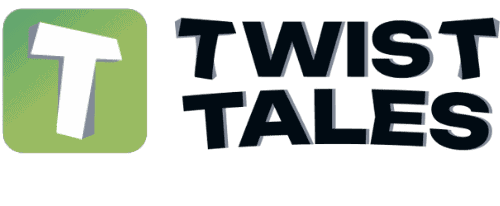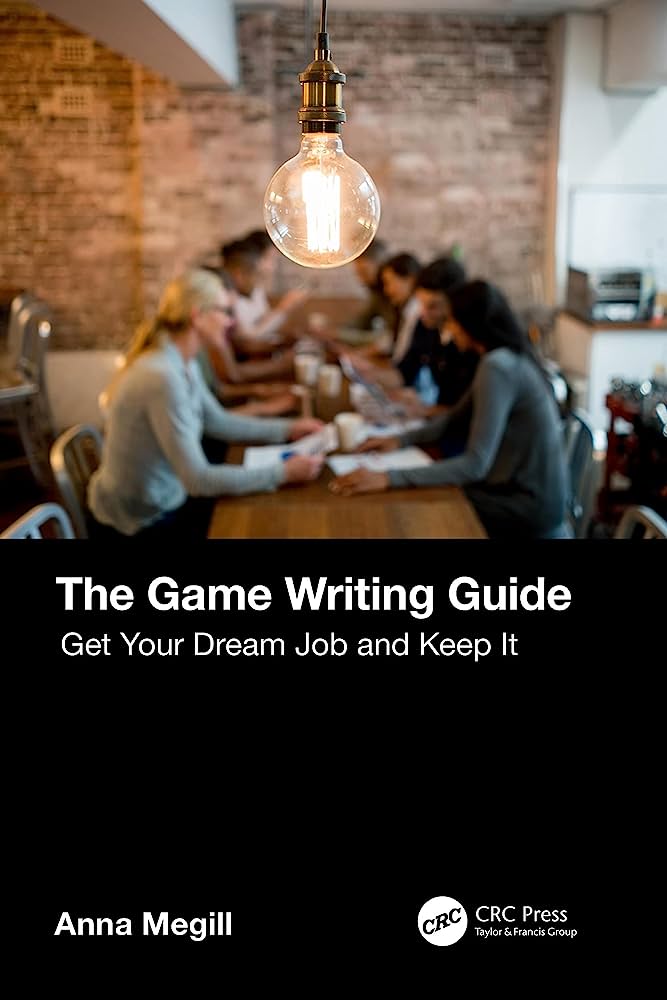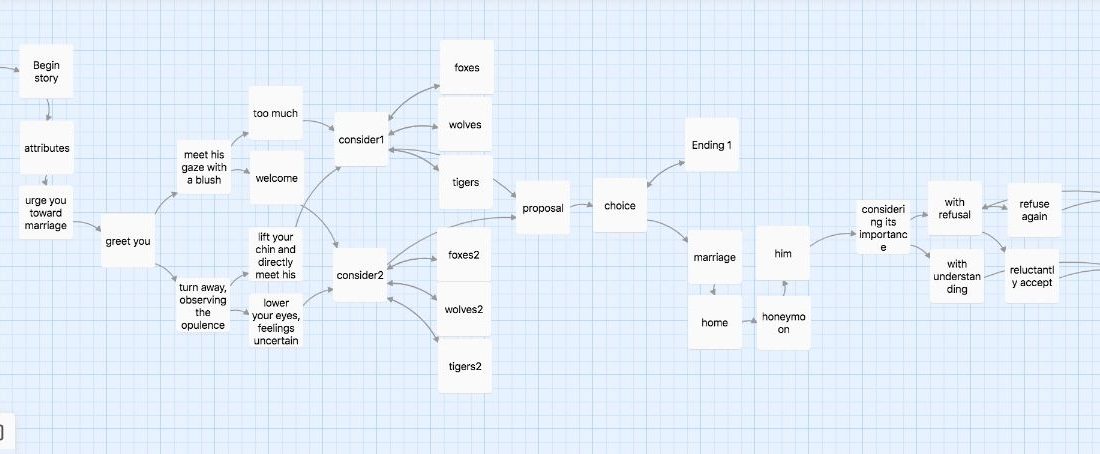
I’m delighted to share that I was interviewed by Twist Tales about my Five Tips on Writing. The topics covered included hooking the audience, plot development, world building, character design, and making meaningful choices. Here’s a brief preview of the interview:
Tone is one of the first things I try to get right with an opening, with the aim of creating a sense of mood or feeling that will permeate throughout the whole narrative. Generally, this tone is anchored with a specific character, setting, event, or imagery (depending on the needs of the story) that grounds the audience in the narrative and sets up expectations for the story — while also providing a sense of intrigue that makes the audience curious about what’s to come.
For example, in Stephen King’s novel, The Gunslinger, part of The Dark Tower series, the first sentence reads, “The man in black fled across the desert and the gunslinger followed.” It’s a simple line that immediately sets a tone associated with myth and folklore, presenting characters that feel archetypal. It also immediately specifies the two main characters (protagonist and antagonist) and setting (the desert), while establishing some initial questions as to who these men are and why one is chasing the other. All of this doesn’t necessarily have to be captured in the first sentence (or second). The audience will often offer a bit of a grace period when they’re first getting into a new book, movie, or game. But this tone and specificity should come fairly quickly within the first few pages of a book, minutes of a movie, or hour of a game.


